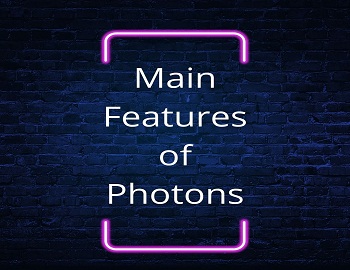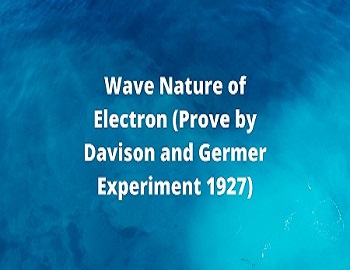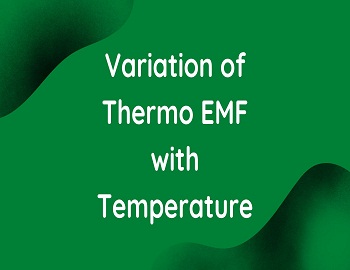Total Radiant Flux and Luminous Flux:
Total Radiant Flux- All bodies, at temperature (except at absolute zero), emit radiation the detailed nature of which depends on the temperature of the body and the nature of its surface. The total energy of radiation emitted by a source per unit time is called its total radiant flux. The radiation emitted may have all possible wavelengths, within and beyond the visible range but it is important to note that the radiant energy associated with different wavelengths is different. The total radiant flux includes the radiant energy for wavelengths of all radiations given out by the body. For calculating the total radiant flux from a source, the total energy emitted per unit time in the whole range of wavelengths must be calculated. The S.I. unit of the radiant flux of a source is the watt (J/s).
Luminous Flux (Φ)- The human eye is sensitive to wavelength range 4500 Å to 7800 Å, called the visible range. The luminous flux refers to the energy in this range of wavelength. To our eye, a source that gives more radiation in this range of wavelength will look brighter than the source giving less radiation in this range though it may be emitting much more radiant energy as compared to the first one. The luminosity of the radiant flux or luminous flux is the measure of the sensation of brightness produced on the eye. The figure shows the relative luminosity for different wavelengths for the eye of an average person. We note that under normal conditions, the luminosity is maximum for wavelength around 5550 Å and falls off rapidly on both sides, but there are no sharp cut-offs. Thus, we note that the human eye is not equally sensitive for different wavelengths even in the visible range.

For radiations coming from a source, its brightness as perceived by our eye will depend on the wavelength of components lying in this range and the energy carried by these wavelengths. The luminous flux, which is the energy given out per second in the visible range of wavelength, is a quantity directly representing the total brightness producing capacity of the source. Its unit is called lumen. A source of 1 watt emitting monochromatic light of wavelength 5550 Å is set to permit 685 lumen.
Or 1 lumen is the luminous flux of a source of (1/685) W emitting monochromatic light of wavelength 5550 Å.
| Now the relative luminosity (relative luminous flux) can be defined as the ratio = luminous flux of a source of given wavelength/luminous flux of a 5550 Å source of the same power |
It should be clear that the luminous flux depends on the wavelength distribution of energy given out by the source.









Comments (No)